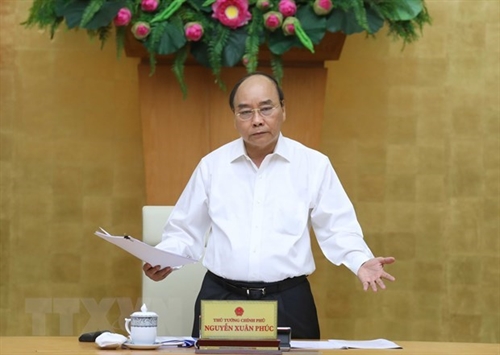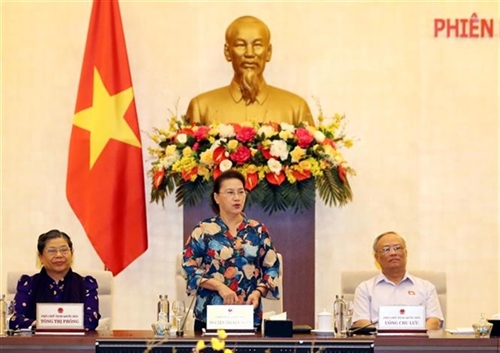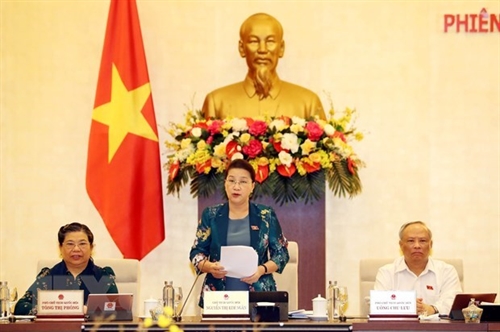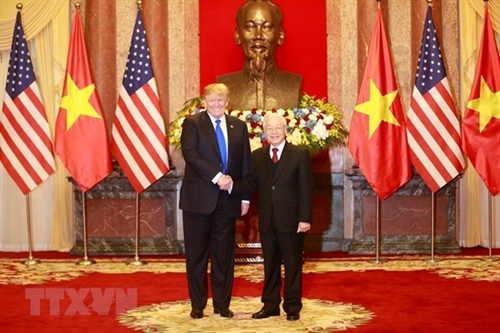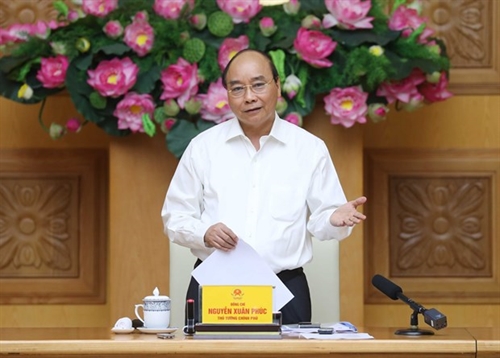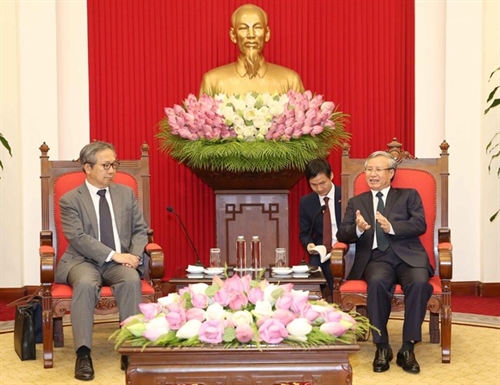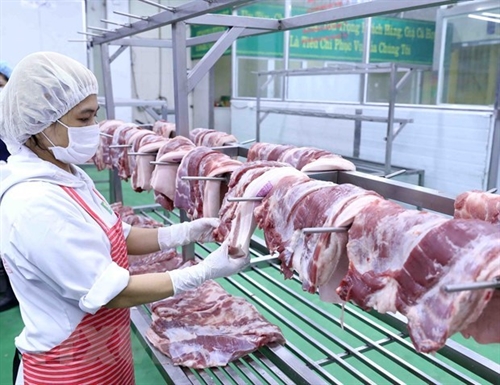Vietnam’s insurance market is expected to achieve a growth rate of more than 20 percent this year, according to Vietnam Report (VNR).
 |
| The country's total insurance premium revenue last year reached VND 160.2 trillion (USD 6.89 billion), posting 21 percent year-on-year increase__Photo: Bao Viet Group |
On the list of 10 most prestigious insurance companies in Vietnam in 2020 released by VNR, up to 90.5 percent of surveyed businesses were optimistic about the insurance sector in the second half of the year.
According to the report, the insurance market has seen high and stable growth, contributing to building a transparent financial background as well as stabilizing the macro-economy.
Total insurance premium revenue last year hit VND 160.2 trillion (USD 6.89 billion), a 21 percent year-on-year increase. Total non-life insurance premium was VND 52.4 trillion and life insurance was VND 107.8 trillion. Insurers paid VND 44 trillion for customers.
VNR said leaders of insurance companies have reviewed their operation and distribution model based on customers, sellers and investments into databases and digital tools due to the effects of the COVID-19 pandemic.
More than half of insurers said their decisions relating to risk management, human resource management, service management and customer approaches and digital transformation have gradually changed with the outbreak, the report said.
However, the insurance industry still saw stable growth as financial and risk management has been improved. Insurance products and services have met customers’ diversified demands.
VNR said three biggest opportunities for the sector would be strong development of technologies in all phases of the insurance value chain, the improvement in people’s awareness about insurance and prospects for the macroeconomy recovery.
Another report from the US-based credit rating agency AM Best provided a “stable” outlook for Vietnam’s non-life insurance market in 2020.
The reasons for the rating include the relatively high level of risk capitalization associated with a prudent portfolio and favorable population structure and insurance demand for medium and long-term growth prospects of retail non-life products. In addition, the impact of the US-China trade war may aid Vietnam as multinational companies look for new markets outside China.
Figures from the General Statistics Office showed the total insurance premium in the first half of the year rose by 11 percent from the same period last year. Of which, revenue from life-insurance posted a 13 percent year-on-year increase and non-life insurance was 8 percent. Life insurers expect to resume their growth in the second half of the year.
Insurers said there were four products with high potential for growth. Vehicle insurance is forecast to grow strongly, especially after Prime Minister Nguyen Xuan Phuc signed Decree No. 70/2020/ND-CP stipulating a registration fee reduction of 50 percent for cars. After the COVID-19, people continued to face a new concern with dengue fever and diphtheria. This makes people more interested in insurance than before, boosting life insurance.
The Government’s good control of the pandemic has contributed to enhancing the reputation of Vietnam to foreign investors. The increase in investment and relocation of production facilities of multinational corporations as well as cash flow given by the Government to support economic development will create growth opportunities for many businesses and public services. This will also open up opportunities for technical property insurance.
Meanwhile, AM Best also forecast that Vietnam's non-life market will maintain stable capital in the current situation. However, in the medium and long term, insurance enterprises may need to increase capital for growing demand.
Many large international insurance groups that own shares at Vietnamese insurance firms expect to increase their ownerships through additional capital contributions or acquisitions of existing shares. However, this depends on the divestment plan of the Government, which is often delayed due to administrative procedures.- (VNA/VLLF)
